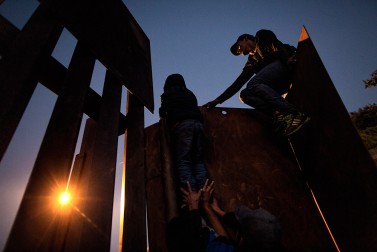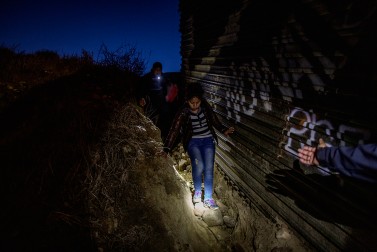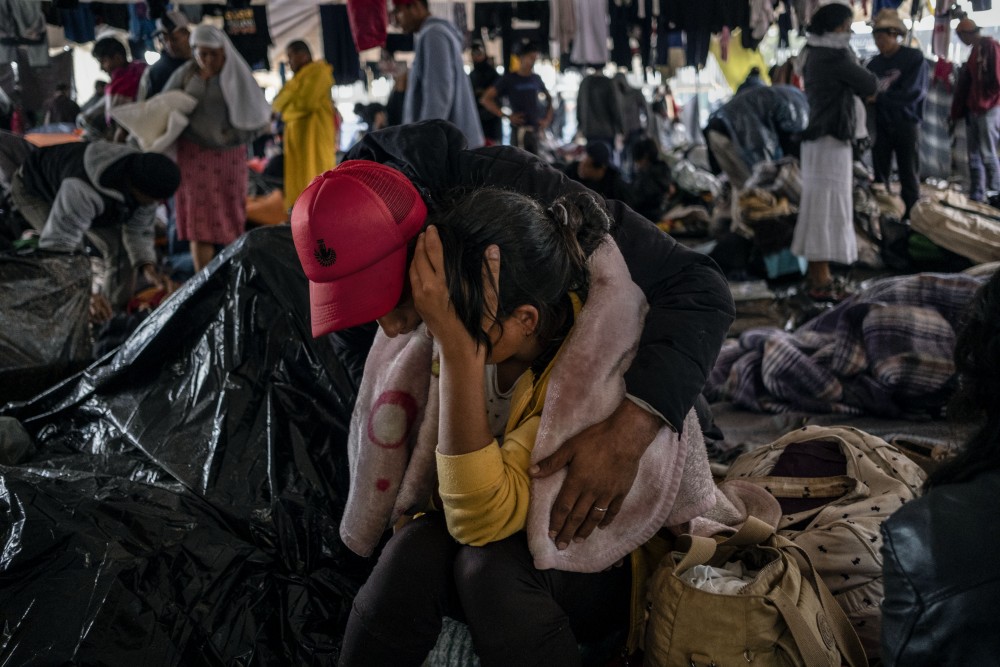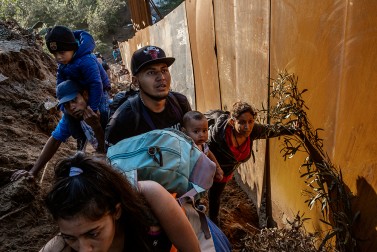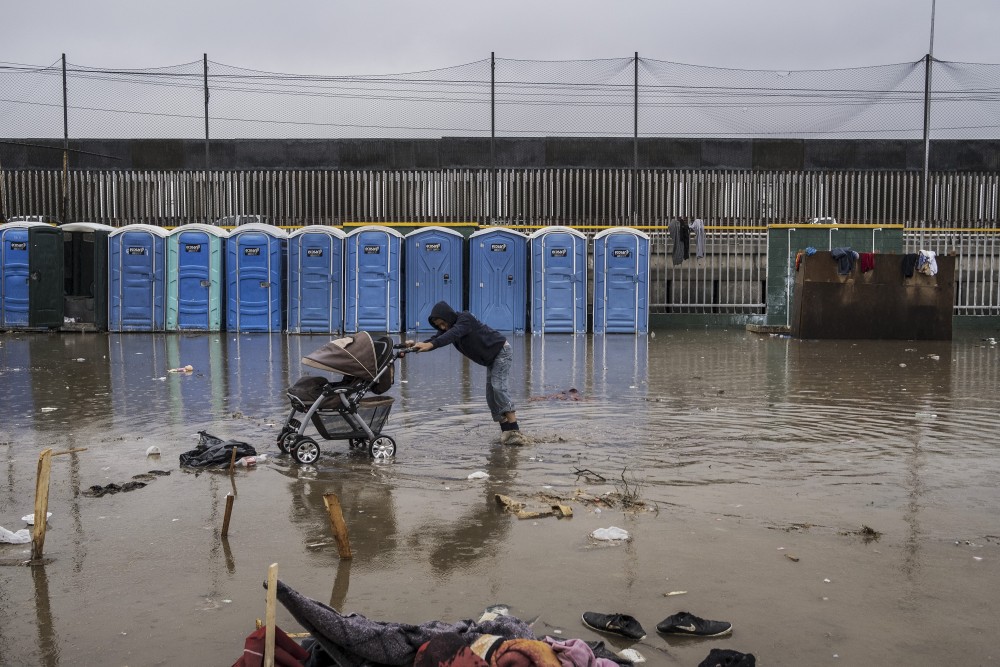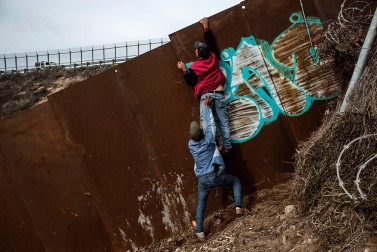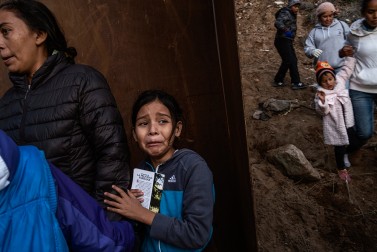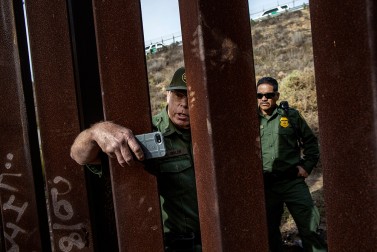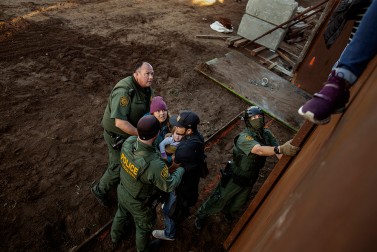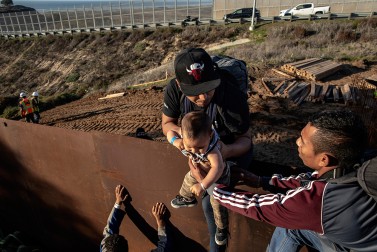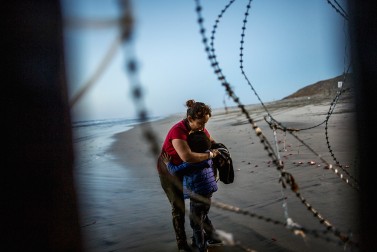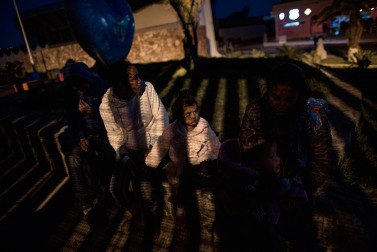The Border Wall
Tijuana, Mexico | Nov. & Dec 2018
Thousands of migrants have converged on the US-Mexico border city of Tijuana after embarking on a grueling journey spanning over 4,000 kilometers from their native countries in Central America. Fleeing pervasive persecution, poverty, and violence in nations like Honduras, Guatemala, and El Salvador, these individuals seek refuge and the promise of a safer, more prosperous existence in the United States.
However, the path to asylum for Central American migrants navigating the official port of entry is fraught with obstacles. The processing of asylum requests is mired in bureaucratic slowdowns, with only a scant few being reviewed each day, as authorities enact stricter regulations on asylum eligibility. As a result, migrants often find themselves facing prolonged stays in Mexico, grappling with the harsh reality of Tijuana’s designation as the fifth most violent city globally in 2017, boasting a murder rate surpassing that of the very Central American locales they are fleeing.
This precarious situation compels many Central American migrants to opt for illegal border crossings, circumventing the formidable barrier of the US-Mexico wall to directly surrender themselves to Border Patrol agents (USBP) and apply for asylum—an increasingly common practice among asylum seekers from the region in recent years.
Former President Donald Trump’s response to the migrant influx was characterized by vehement condemnation, labeling it an “invasion” that he claimed posed a dire threat of overwhelming the United States. In response, he deployed troops to the border, authorized the use of force, and issued ominous warnings of shutting down the frontier if the migrant caravans persisted. Additionally, he sought to bar asylum for migrants crossing the southern border illegally, although this directive was subsequently halted by a US federal judge.
Since the end of the Trump administration, the situation at the US-Mexico border has continued to evolve. While there has been a shift in tone and policy regarding immigration under the Biden administration, challenges persist. Managing the influx of migrants, addressing the root causes of migration, and navigating complex legal and political dynamics surrounding immigration reform remain ongoing concerns. Humanitarian organizations continue to provide aid and assistance to migrants, advocating for their rights and well-being amidst the ongoing crisis. With the situation remaining fluid, tensions are high and the fate of thousands of displaced individuals remains uncertain.

